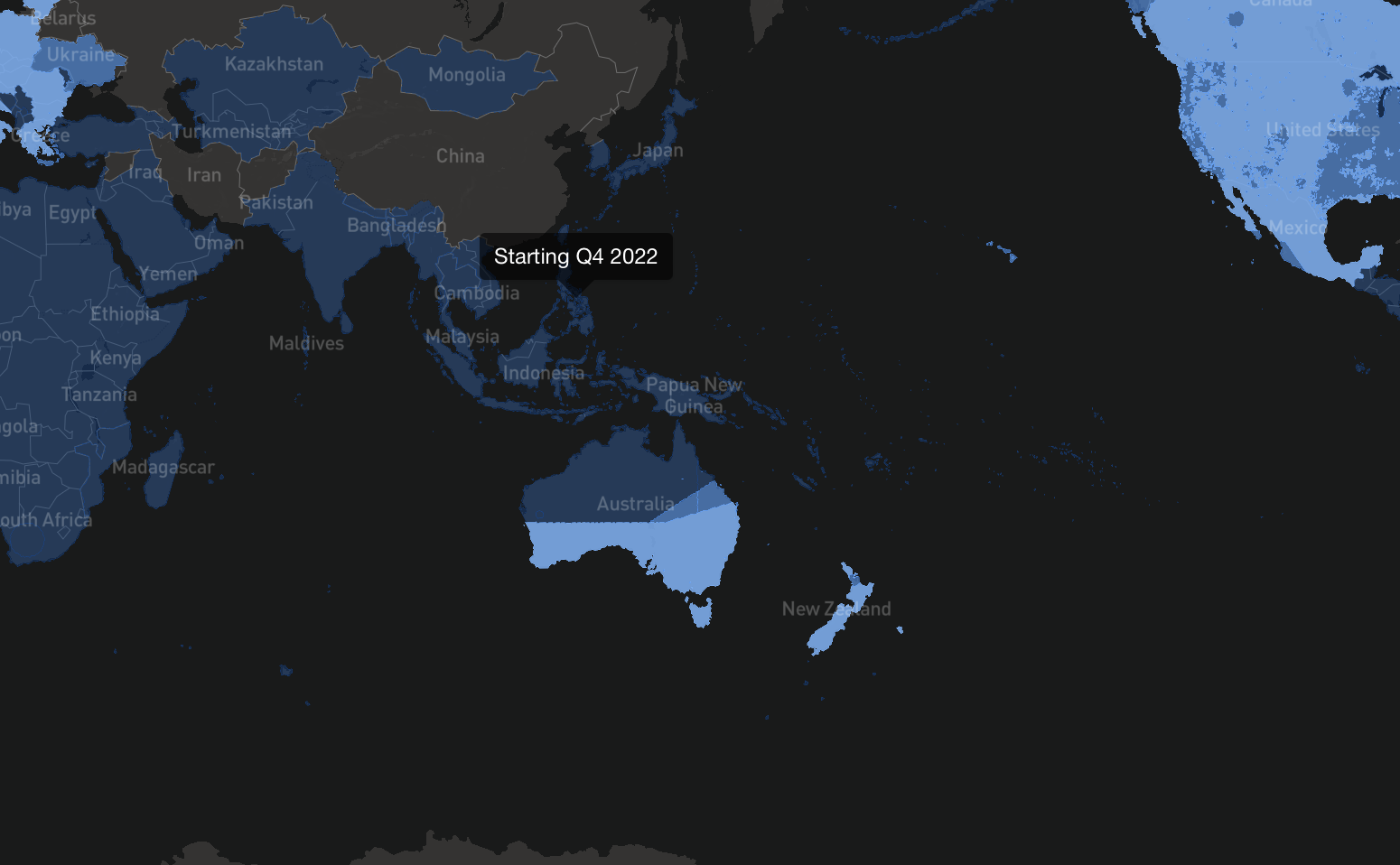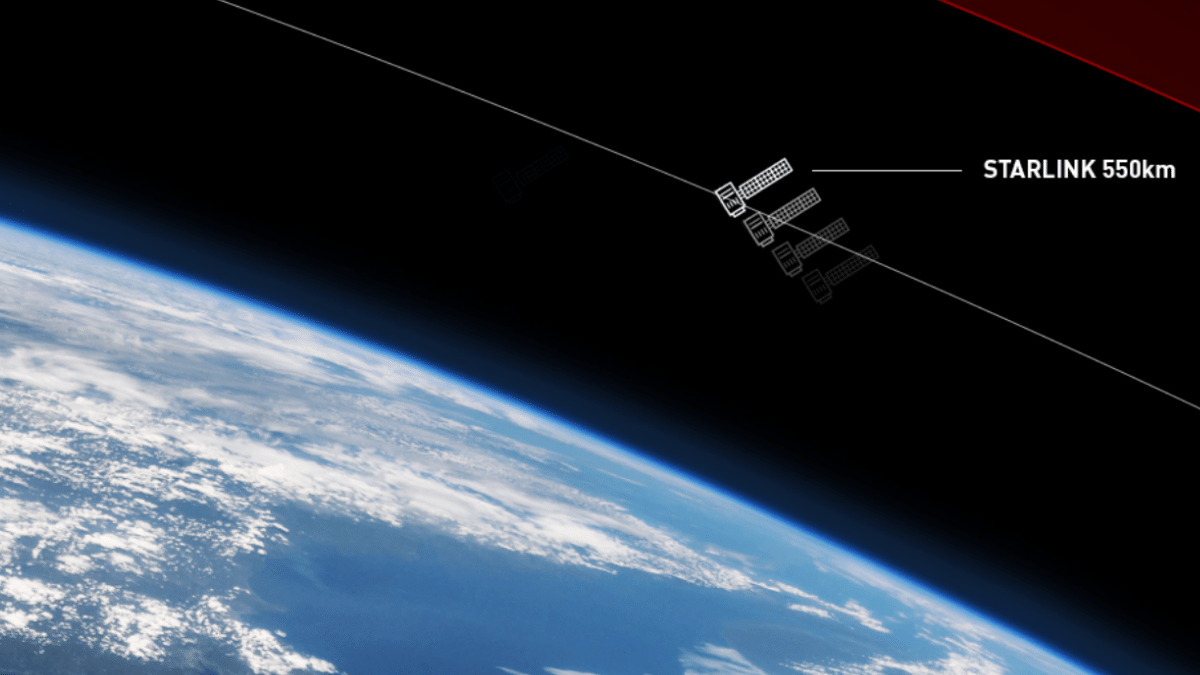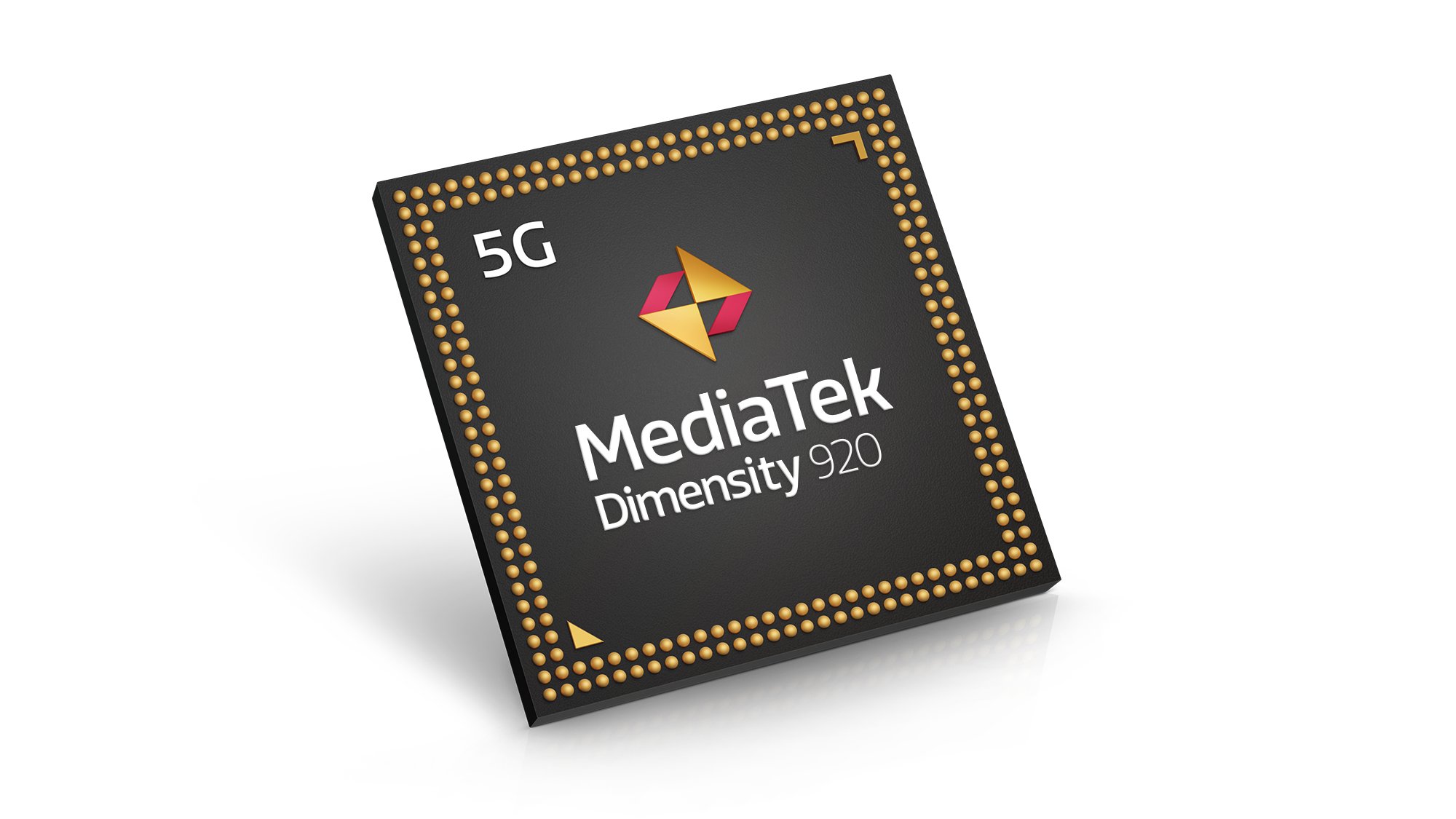
Internet in the Philippines will be interesting with the impending entry of Starlink into the country. Their recent NTC approval signals that Starlink is right on schedule for their Q4 2022 commercial launch in the Philippines. While Filipinos are very excited about how Starlink can improve the Philippine internet, they have to understand that Starlink caters to a different audience.
Starlink is a satellite-based internet service that aims to bring high-speed broadband internet to remote areas. To put it simply, Starlink is meant to give internet access to areas where traditional ways of connecting to the internet (ie. fiber, cell towers) are not feasible.
Notable use cases of satellite internet include farmlands, mountainside homes, and beachside properties. Aside from remote areas, there’s also a specialized Starlink service for motor homes that aims to give you internet access practically anywhere while you’re on the go.
Like satellite phones, one of the advantages of satellite internet is that you will still have internet connectivity even in the event of a disaster or when all terrestrial-based internet services fail.

It’s more expensive than fiber and cellular internet services
Because it uses satellites, Starlink is significantly more expensive than fiber or cellular-based internet. The latest cost for Starlink services is $135(~Php 7.1k), and that includes a new $25 monthly fee for allowing customers to relocate their Starlink dishes. Aside from the monthly fee, users will have to pay $500(~Php 26.2k) for the equipment needed, which consists of a satellite dish, a base mount, and a router. Factoring both, you are expected to pay around Php 35k upfront to have Starlink services–that can be higher once Starlink becomes commercially available in the Philippines.
The current median download speed of Starlink is at 104Mbps, though it can go as low as 65Mbps (in Oregon) and as high as 200Mbps (in South Florida). Compared to fiber internet, you can get speeds of up to 600Mbps (and a landline) with PLDT’s Plan 3799, while their Plan 4099 adds a 3-point mesh WiFi system. Converge has a competitive offering, with their Plan 3500 offering up to 800Mbps, along with a 2-pack Home WiFi system.
If you want top-end internet speeds that can hit 1Gbps (and beyond), PLDT does offer a 1Gbps plan for Php 10k/month, but availability for this plan is very limited and is area-dependent.

Starlink is not the only satellite internet provider
While we understand the hype for Starlink, people have to understand that this is NOT the first satellite internet service in the Philippines. Cignal also offers a satellite internet service, and it’s pricier than Starlink: their Php 23.5k/month plan offers only up to 10Mbps download speeds. On top of that, you’ll have to pay Php 36k for the kit (which includes a 1.2m Antenna, a 3W Block Upconverter (BUC), and an HT 2300 Modem) and a Php 6,000 installation fee.
Another alternative is Kacific, which for roughly the same monthly fee as Cignal’s offering gives you up to 50Mbps download speeds. The catch with their service is that their satellite kit will cost you a whopping Php 48,000.
Even if Starlink continues to hike its prices, there’s a good chance that their satellite internet might be cheaper than current offerings.

Initial coverage might be a concern
Despite all the promises that Starlink might offer, it remains to be seen how good is its satellite internet coverage in the Philippines. The Philippines will be the first country in Asia to have Starlink services, so it’s expected that Starlink will take a while to optimize coverage in the country. For context, it took DITO more than a year to get 98.4% coverage–and only offers home-based 5G services as of this writing.
Currently, Starlink is available in 32 countries, with significant coverage in the US, Canada, and Mexico. Other areas covered by Starlink as of this writing include Brazil, Puerto Rico, Australia, New Zealand, Germany, United Kingdom, Spain, France, Italy, Romania, Hungary, Greece, Austria, and Denmark.

Will Starlink save the Internet in the Philippines?
Our initial verdict is that Starlink will help improve internet access in the Philippines BUT it caters to a different audience. It’s not meant to compete against established telcos like Globe and Smart but instead aims to provide internet access to hard-to-reach areas at a rather steep price.
Comments (9)
Read more interting post about Technology at Autotoday.info








